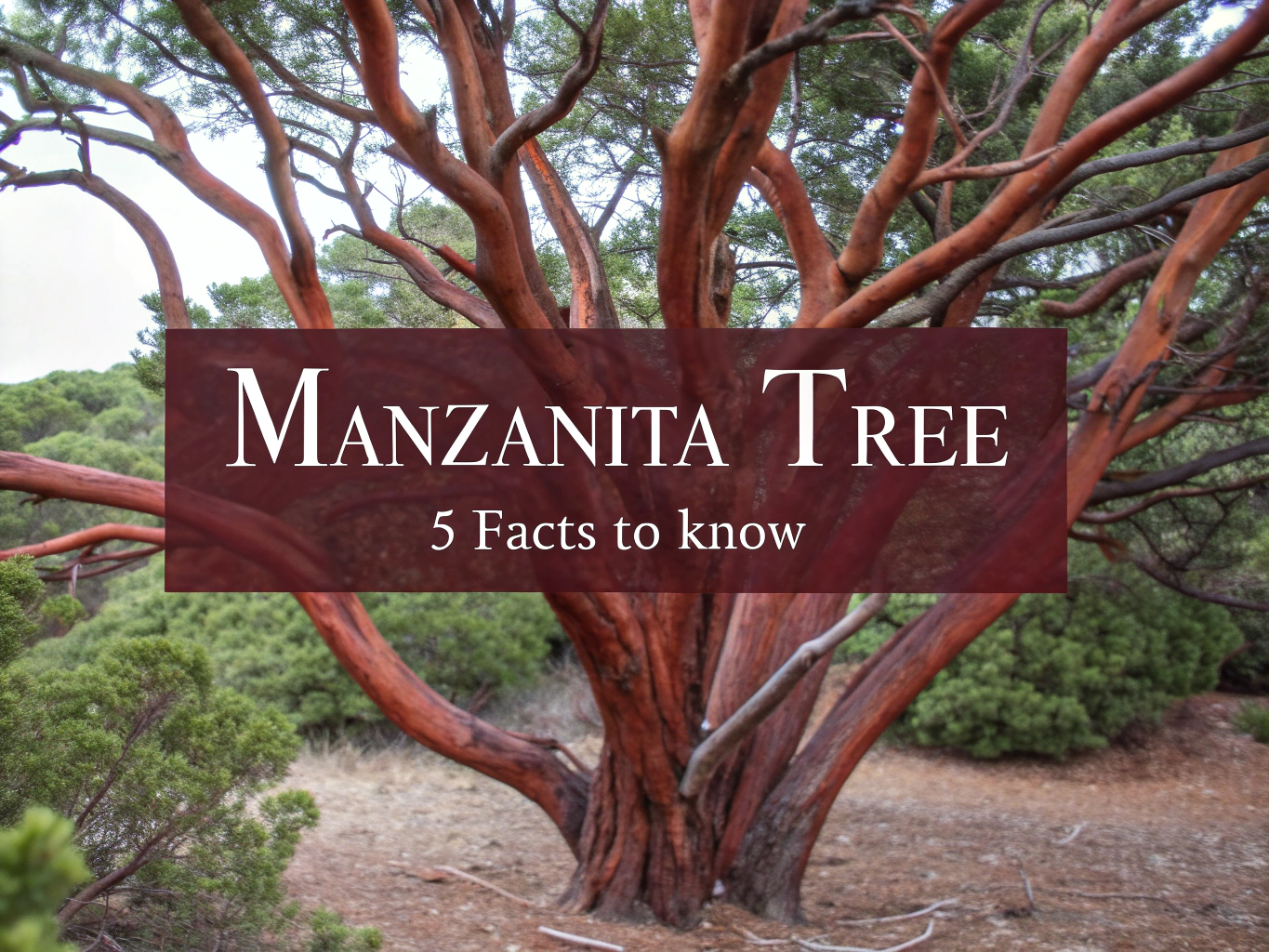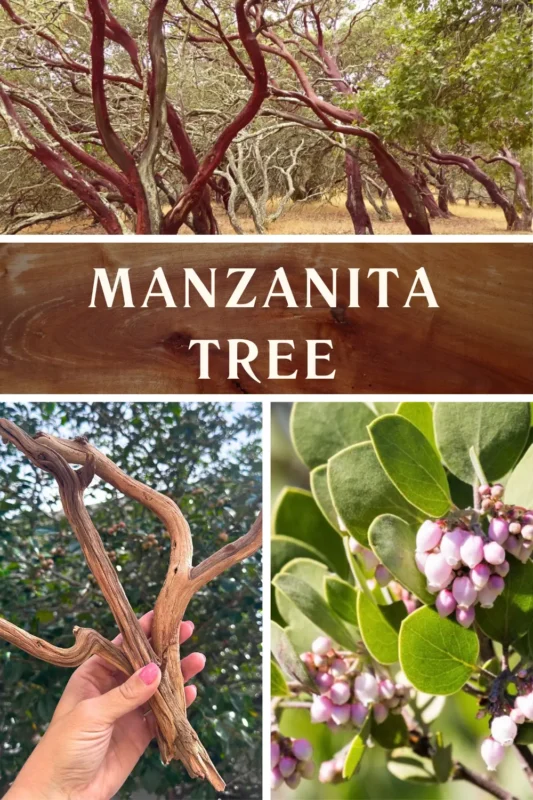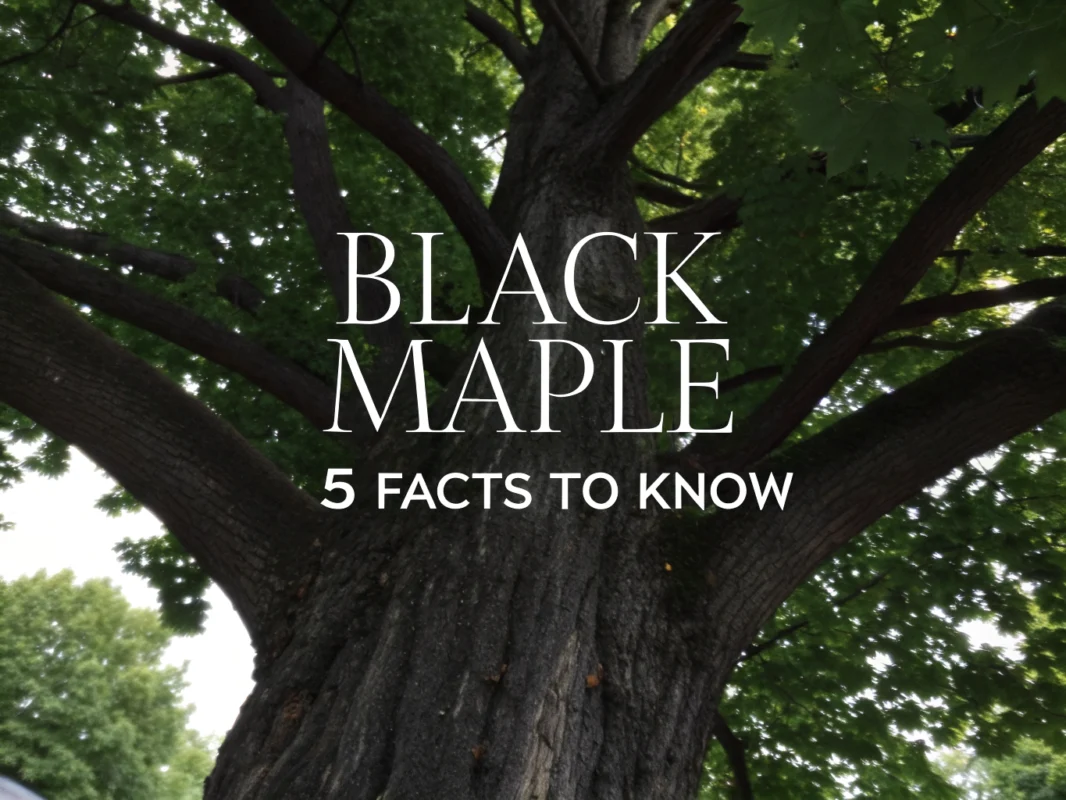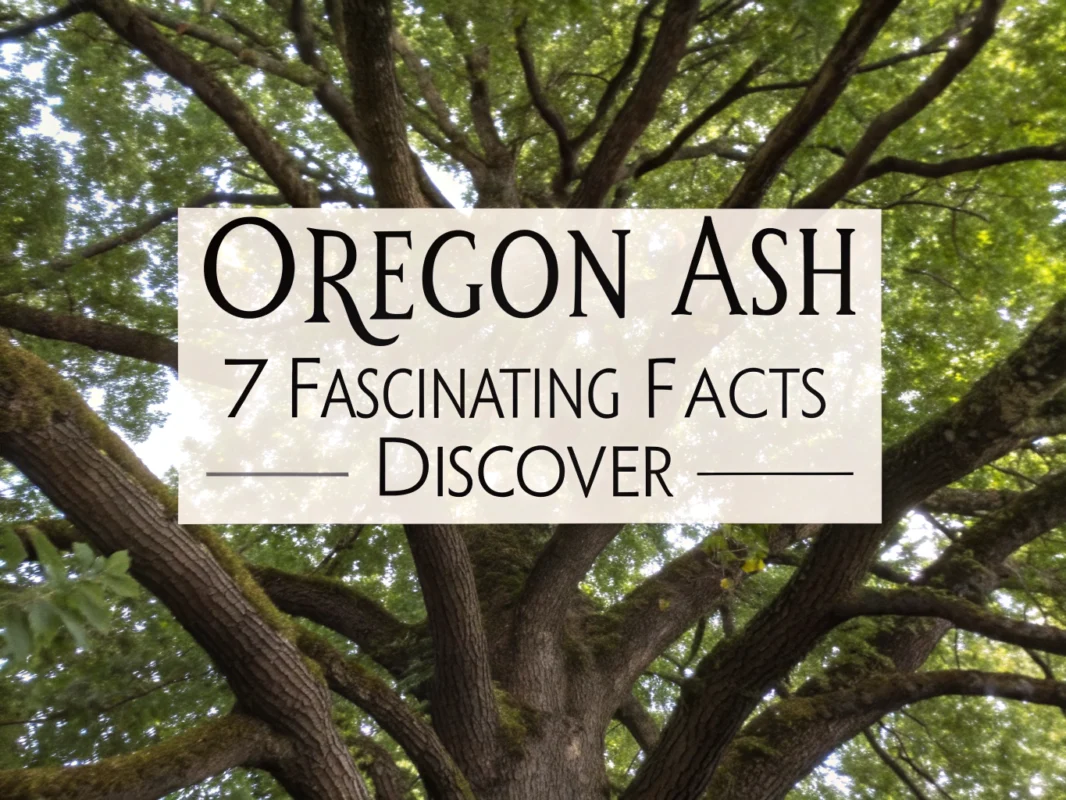
Discover the Beauty of the Manzanita Tree: 5 Essential Facts

Have you ever stumbled upon a tree with striking red bark and wondered what it was? Meet the Manzanita tree, a botanical wonder that captivates with its year-round beauty and ecological significance. From its twisted branches to its role in fire ecology, this tree has much to offer both nature lovers and gardeners. Let’s explore some fascinating facts about this unique species.
Table of Contents
The manzanita tree (Arctostaphylos) stands out as one of the most distinctive native plants of western North America, featuring smooth mahogany-red bark and twisted sculptural branches that create striking architectural forms. These evergreen shrubs and small trees range from prostrate groundcovers to specimens reaching 26 feet tall, offering unique winter blooms and exceptional drought tolerance for modern landscapes.
What Is a Manzanita Tree (Arctostaphylos)

Botanical Overview and Classification
Manzanita belongs to the genus Arctostaphylos, which includes diverse species ranging from prostrate groundcovers to multi-branched small trees. These plants showcase intricately twisted branches and polished mahogany-like bark that sets them apart from other native shrubs. The genus offers remarkable variety in form and size, making it adaptable to numerous landscape applications.
Size Range and Growth Habits
Common manzanita typically grows 6-12 feet tall, though exceptional specimens can reach up to 26 feet in favorable conditions. The growth habit features widely branched forms with long, crooked limbs that develop increasingly twisted architecture with age. This sculptural quality makes mature specimens valuable focal points in garden design.
Evergreen Characteristics and Seasonal Features
Manzanita maintains its evergreen foliage year-round with thick, tough leaves typically measuring 1-2 inches long. Some species display silvery or blue tones due to waxy or hairy leaf surfaces that help reduce water loss. The leaves often orient themselves on edge during summer heat to minimize sun exposure and conserve moisture.
Fact #1: Distinctive Red Bark and Sculptural Architecture
Smooth Mahogany-Like Bark That Peels Seasonally
The most striking feature of manzanita is its smooth, hard, red bark that resembles polished mahogany. This thin bark peels away in paper-thin flakes as the plant ages, revealing fresh glossy bark underneath. The strongest color appears in late spring when old bark naturally sloughs off to expose the vibrant new surface.
Twisted, Multi-Branched Tree Structure
Manzanita develops a distinctive twisted, sculptural architecture that intensifies with age, creating forms often described as arthritic or zigzagging. These naturally brittle limbs form interlocking patterns that make each specimen unique. The branching structure becomes increasingly dramatic over time, making older plants particularly valuable for photography and artistic landscapes.
Visual Identification Tips vs. Similar Species
Key identification features include small untoothed leaves (approximately 1.5 inches), bell-shaped flowers in winter, and red berry-like fruits. Distinguish manzanita from madrone by noting the much smaller leaves (madrone has 8-inch leaves) and the low, zigzagging growth form rather than madrone’s more vertical tree structure.
Fact #2: Winter Blooming and Wildlife Value
Urn-Shaped White to Pink Flowers
Manzanita produces showy clusters of tiny urn-shaped flowers during winter through early spring when few other plants bloom. These drooping panicles display colors ranging from pure white to blush-pink, creating spectacular displays against the red bark. The timing makes manzanita particularly valuable for providing early-season nectar sources.
Berry-Like Drupes and Seed Characteristics
Following the bloom period, manzanita develops berry-like drupes containing 3-4 seeds encased in very hard tissue. These fruits provide important food sources for wildlife throughout the growing season. The hard seed coats serve an important ecological function, requiring specific conditions for germination.
Pollinator and Wildlife Habitat Benefits
The winter flowering period makes manzanita exceptionally valuable for pollinators when other food sources are scarce. Birds and small mammals rely on the berries for sustenance, while the dense branching structure provides nesting sites and shelter. This wildlife value makes manzanita an excellent choice for habitat gardens.
Fact #3: Fire Ecology and Regeneration Patterns
Fire-Dependent Seed Germination
Some manzanita species are fire-dependent, with seeds possessing hard, fire-resistant coats that require scarification by fire to germinate. According to the National Park Service, fire triggers germination by breaking down these protective seed coats. This adaptation allows manzanita to regenerate after wildfires that would destroy other vegetation.
High Flammability Due to Oils and Waxes
Adult manzanita shrubs are highly flammable due to natural oils and waxes in their tissues, combined with low wood moisture after drought periods. The National Park Service notes that even low-intensity fires can kill mature plants, though this serves an ecological purpose. Continual bark and leaf litter accumulation adds to the fire load around established plants.
Post-Fire Population Dynamics
Fire creates large, even-aged populations of manzanita through mass seed germination events. This regeneration pattern helps create patchy landscape mosaics that reduce competitors and maintain habitat diversity. The flammability of mature stands may actually benefit the species by ensuring periodic regeneration cycles.
Fact #4: Drought Tolerance and Garden Adaptability
Full Sun and Well-Drained Soil Requirements
Manzanita thrives in full sun conditions and requires excellent drainage to prevent root problems. These plants perform best in sandy or rocky soils that mimic their native chaparral habitat. Avoid heavy clay soils or areas where water collects, as poor drainage can quickly kill established plants.
Hardiness Zones and Temperature Tolerance
Most garden selections tolerate temperatures down to 15-20°F, though hardiness varies by species and cultivar. According to San Marcos Growers, established plants show excellent cold tolerance once adapted to their location. Choose locally adapted species for best performance in your specific climate zone.
Low-Water Landscaping Applications
Once established, manzanita becomes exceptionally drought tolerant and fits perfectly into waterwise garden designs. These plants work well mixed with succulents, cacti, and other Mediterranean climate plants. The diverse size range allows use as groundcovers, hedge-sized shrubs, or small specimen trees in xeriscape applications.
Fact #5: Manzanita Wood and Driftwood Uses
Dense, Hard Wood Characteristics
Manzanita wood is dense and hard with striking red to dark-brown heartwood that makes it highly prized for various applications. The wood’s smooth texture and natural polish create beautiful finished pieces. For detailed information about working with this unique material, explore our guide to manzanita wood properties and uses.
Aquascaping and Terrarium Applications
Manzanita driftwood has become popular in aquascaping because of its twisted, branchy forms and relatively low tannin leaching compared to other woods. The naturally sculptural pieces create striking underwater landscapes in both freshwater and saltwater aquariums. Pre-soak pieces to saturate them and secure to prevent floating during initial setup.

Aquarium Manzanita Branch
- Natural look enhances any tank
- Weighted base for stability
- Suitable for freshwater and saltwater
- Realistic design for a lifelike touch
- Durable material for long-lasting use
Decorative and Craft Applications
The naturally twisted branches make excellent decorative elements for interior design and craft projects. Seal or oil the wood to deepen its color and protect against UV graying if used outdoors. The interlocking, zigzagging forms create unique sculptural pieces that showcase the wood’s natural beauty.
Growing and Care Considerations
Planting Location and Soil Preparation
Select a sunny location with excellent drainage for optimal manzanita performance. Amend heavy soils with coarse sand or gravel to improve drainage, as waterlogged conditions quickly damage roots. Plant on slopes or raised areas where water naturally drains away from the root zone.
Watering and Maintenance Requirements
Provide regular water during the first year to establish roots, then reduce irrigation significantly. San Marcos Growers recommends avoiding summer overwatering, which can cause root rot in established plants. Deep, infrequent watering works better than frequent shallow irrigation.
Pruning and Shaping Guidelines
Prune lightly after blooming to reveal the natural structure and remove any deadwood. Avoid heavy cuts into old wood, as manzanita recovers slowly from major pruning. Focus on selective thinning to showcase the sculptural branching rather than formal shaping.
Fire-Safe Landscaping Tips
In fire-prone regions, site manzanita away from structures and maintain defensible space around buildings. Thin accumulated litter regularly and avoid creating dense hedges contiguous with homes. The high flammability requires careful placement in fire-wise landscape designs.
Design Ideas and Product Recommendations
Landscape Design Applications
Use manzanita as a focal sculptural specimen to showcase its distinctive bark and branch architecture. Pair with gravel mulch to highlight the red bark color and create visual contrast. The evergreen structure provides year-round interest in mixed plantings.
Xeriscape and Rock Garden Integration
Manzanita excels in xeriscape applications where its drought tolerance and architectural form shine. Combine low-growing forms as evergreen groundcovers with larger specimens as screening shrubs or small trees. The plants work particularly well in coastal and Mediterranean-style gardens.
For those interested in bringing manzanita’s sculptural beauty indoors, these decorative options capture the essence of the tree’s natural form:

Gold Manzanita Branch Decor
- Elegant and luxurious appearance
- Measures a substantial 38 inches
- Lightweight and easy to handle
- Perfect for high-end decor themes
- Sturdy construction for longevity

White Centerpiece Tree with Beads
- Comes with eight sparkling bead chains
- Versatile for weddings and events
- Adds a decorative focal point
- Holds its shape with sturdy branches
- Easy to personalize with additional decor

Elegant Tree Branch Centerpiece
- Adds a sophisticated touch to weddings
- Perfect for birthday and event decor
- Sturdy and durable construction
- Suitable for tabletop displays
- Easy to customize for any theme
Frequently Asked Questions
How fast does manzanita grow? Growth rates vary by species and conditions, but most manzanitas grow at a moderate pace. The twisted architecture becomes more pronounced with age, making patience worthwhile for developing specimen plants.
Does manzanita need regular pruning? Minimal pruning works best – trim after blooming to expose the natural structure and remove deadwood. Avoid heavy cuts into old wood since recovery is slow.
Can I use manzanita wood in aquariums? Yes, manzanita driftwood is popular for aquascaping due to its sculptural forms and relatively low tannin release. Pre-soak pieces and secure them to prevent floating initially.
Is manzanita suitable for small gardens? Absolutely – the diverse size range includes compact groundcover forms perfect for small spaces. Choose dwarf varieties or use pruning to maintain desired proportions.
FAQs
What Are The Benefits Of Growing A Manzanita Tree?
Manzanita trees offer several benefits, including providing natural beauty with their distinctive red bark and evergreen leaves. They also attract wildlife, such as birds and pollinators, with their flowers and berries. Additionally, they are drought-resistant, making them ideal for xeriscaping and water-wise gardens.
How Do You Care For A Manzanita Tree?
Caring for a manzanita tree involves ensuring it receives full sun and is planted in well-draining soil. Water young trees regularly until established, then reduce watering, as they prefer dry conditions. Prune only to remove dead or damaged branches to maintain their natural shape.
Are Manzanita Berries Edible?
Yes, manzanita berries are edible and can be consumed raw or used to make jellies, teas, and other products. They have a tart flavor and are rich in antioxidants and nutrients. However, it’s essential to properly identify the species before consumption, as some varieties might not be palatable.
What Type Of Soil Is Best For Planting Manzanita Trees?
Manzanita trees thrive in well-draining, sandy, or gravelly soils. They do not do well in poorly drained or clay-heavy soils, as these conditions can lead to root rot. Amend the soil with organic matter to improve drainage if necessary.
Can Manzanita Trees Survive In Cold Climates?
Manzanita trees are generally not suited for extremely cold climates as they prefer temperate to warm environments. Some hardier species may withstand light frost, but prolonged exposure to freezing temperatures can damage or kill the tree.












